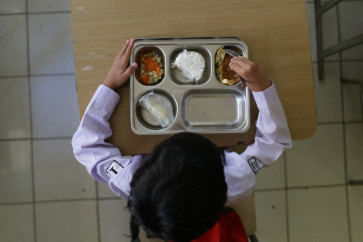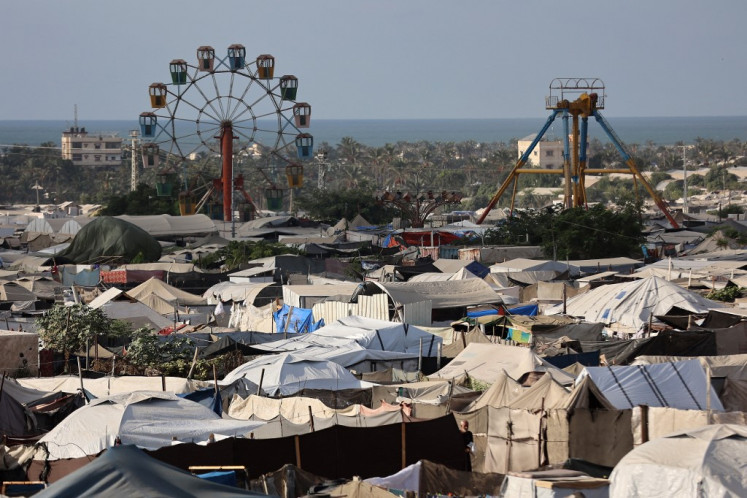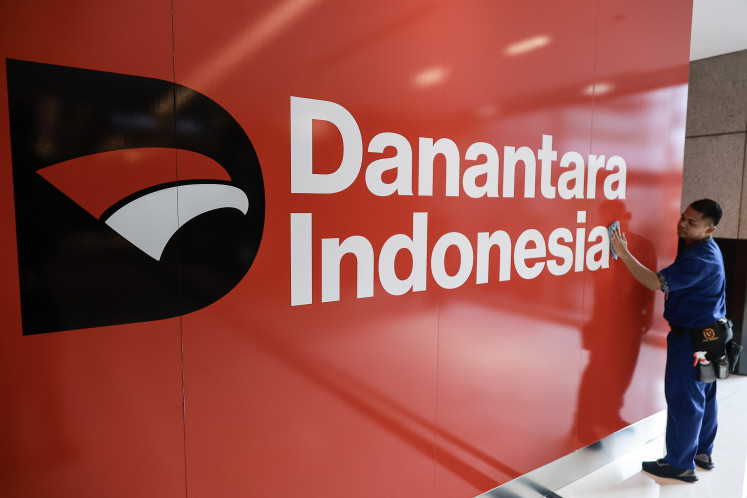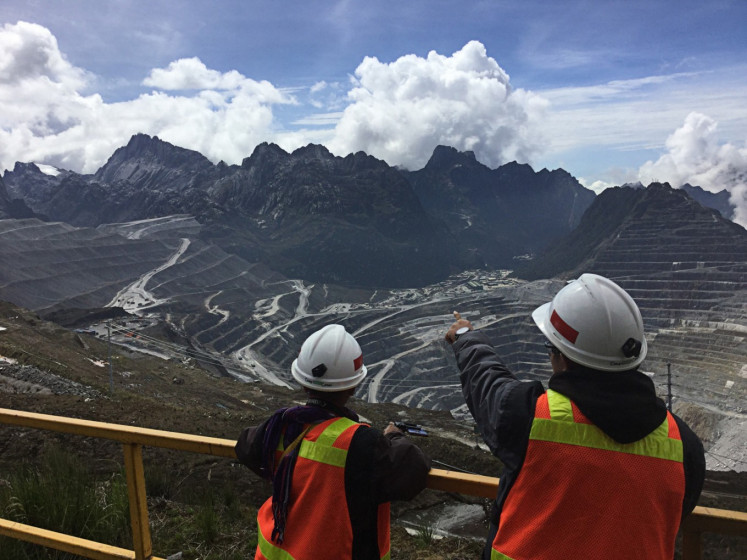Popular Reads
Top Results
Can't find what you're looking for?
View all search resultsPopular Reads
Top Results
Can't find what you're looking for?
View all search resultsCreating green residences
Building a green residence is one way of coping with the global financial crisis as it helps reduce overall household costs
Change text size
Gift Premium Articles
to Anyone
Building a green residence is one way of coping with the global financial crisis as it helps reduce overall household costs. Various efforts continue to be made in anticipation of global warming, extreme climate changes and environmental degradation by means of developing a green city, a green property and green buildings as well as turning out green products.
Building a green residence -- in the sense that it entails low cost and low technology but has a high impact -- should take into account ecological equilibrium, employment opportunities, community empowerment, law enforcement, involvement of private circles, the creation of comfort for the residents, development ethics, justice and rights equality, energy conservation and urban esthetics.
The government must determine the maximum threshold for the capacity of a city. There are three key phrases in this context: the development of an integrated area, high-rise residences and environmental compatibility.
The development of an integrated area in a city center substantially saves time, cost and energy, which otherwise would be wasted as a result of traffic congestion.
Green residences should be supported by a mass transportation system using alternative fuel. Strategic stops in public transportation lanes and close proximity of a housing compound to a bus terminal or a railway station would make it easy for residents to travel without having to rely on private cars. They could also walk or cycle to various destinations (the office, school, the market, the park) in this single integrated area.
The government needs to prepare a socio-cultural plan because the construction of high-rise residences will create changes in the city’s spatial design and the environment and have an adverse socio-cultural impact as the community moves from landed to high-rise residences.
Using the modified 1:3:6 formula, a developer, for example, could build one hotel and three condominium buildings plus six modest apartments (social purpose) provided with educational facilities, an office compound, health facilities, a shopping center, places of worship and green space.
The green development concept has encouraged the construction of buildings with local architecture that are more environmentally friendly and are in harmony with the natural environment. The architectural shape of the building shows empathy and gives solutions to the following: the layout design of the building (10 percent), fulfillment of the need for electricity (30 percent), building materials (15 percent), the interior air quality (20 percent) and technological innovation (technology, operational) (15 percent).
The developer and occupants should be involved in treating inorganic and organic waste on the principle of reuse, reduce and recycle.
The green space, besides serving as an urban park and sports ground, could also be used to grow vegetables, medicinal herbs and fruit trees. In this context, compost resulting from the recycling of organic waste produced by the residents of an integrated area could be used. The vegetables and fruit could be supplied to the markets and hypermarkets and to apartment occupants independently so that the cost of transportation from outside the city and the cost of distribution would be reduced. In this way, there would be fuel efficiency and reduction in air pollution.
Water resources management requires residents to be water efficient, reuse water for various purposes, recycle clean wastewater and replenish groundwater through water absorption wells and bioporous holes.
A number of developers have started to develop wastewater treatment systems that recycle water disposed of daily so that it can be reused to flush toilets and water sports grounds, parks or golf courses. Household liquid waste (dirty water) and rainwater can be recycled and reused to flush toilets or water the parks, gardens and trees.
At the end of the day, a developer with a forward-looking vision will consistently follow the theme of being environmentally friendly in the development of a property. Consumers have also become more critical about the environment.
The writer is a specialist writer in architectural issues.










